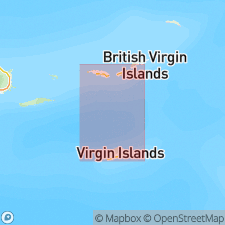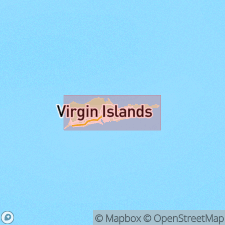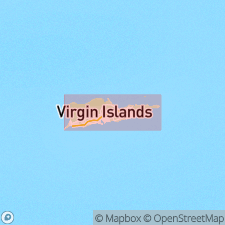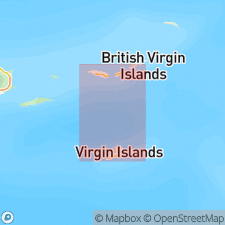
- Usage in publication:
-
- Mount Eagle series
- Modifications:
-
- Named
- Dominant lithology:
-
- Volcanics
- AAPG geologic province:
-
- Caribbean region
Summary:
Mount Eagle series named for Mount Eagle Range, northwestern part of St. Croix, VI. Consists almost entirely of fragmental volcanic rocks. Beds dip from 60 to nearly 90 degrees, rarely below 45 degrees. Overlain by Kingshill series (new). Age is Late Cretaceous.
Source: GNU records (USGS DDS-6; Reston GNULEX).

- Usage in publication:
-
- Mount Eagle volcanics*
- Modifications:
-
- Revised
- AAPG geologic province:
-
- Caribbean region
Summary:
Revised as Mount Eagle volcanics. Intruded by diorite. Underlies Kingshill marl (revised).
Source: GNU records (USGS DDS-6; Reston GNULEX).

- Usage in publication:
-
- Mount Eagle Group
- Modifications:
-
- Revised
- AAPG geologic province:
-
- Caribbean region
Summary:
Mount Eagle raised to group rank. Includes (ascending) Allandale Formation, Caledonia Formation, Cane Valley Formation, and Judith Fancy Formation, all named here. Age is mostly Campanian, but Maastrichtian and Santonian rocks may be present. Group consists of two widespread, interfingering facies --epiclastic volcanic sedimentary rocks, and tuffaceous sedimentary rocks, both of which have undergone low-grade metamorphism.
Source: GNU records (USGS DDS-6; Reston GNULEX).

- Usage in publication:
-
- Mount Eagle Group*
- Modifications:
-
- Age modified
- Overview
- AAPG geologic province:
-
- Caribbean region
Summary:
Mount Eagle Group represents strongly folded Upper Cretaceous deep-water (oceanic) calcareous turbidites and volcaniclastics (over 34,700 ft thick) that are divisible into four formally recognized units. In ascending order, they are Caledonia, Allandale, Cane Valley, and Judith Fancy Formations. Top of Judith Fancy is marked by unconformity. The age of the Caledonia is possibly as old as Cenomanian, based on an ammonite discussed by Speed and others (1979) and as young as Campanian, based on Campanian fossils found in the overlying rocks, as discussed by Whetten (1966). The overall age of the Caledonia appears to be Cenomanian(?) to Campanian, but the author feels the age cannot be clearly bracketed.
Source: GNU records (USGS DDS-6; Reston GNULEX).

- Usage in publication:
-
- Mount Eagle Group*
- Modifications:
-
- Overview
- AAPG geologic province:
-
- Caribbean region
Summary:
Author follows usage of Whetten (1966) for the geologic units on St. Croix, VI. They include (ascending) the Late Cretaceous Mount Eagle Group, which consists of the Caledonia Formation, Allandale Formation, Cane Valley Formation (and its East End Member), and Judith Fancy Formation; Late Cretaceous Southgate Diorite and Fountain Gabbro intrusions; and Tertiary Jealousy Formation (early Eocene to middle Miocene) and Kingshill Marl (late Miocene, based on Gill, 1990).
Source: GNU records (USGS DDS-6; Reston GNULEX).
For more information, please contact Nancy Stamm, Geologic Names Committee Secretary.
Asterisk (*) indicates published by U.S. Geological Survey authors.
"No current usage" (†) implies that a name has been abandoned or has fallen into disuse. Former usage and, if known, replacement name given in parentheses ( ).
Slash (/) indicates name conflicts with nomenclatural guidelines (CSN, 1933; ACSN, 1961, 1970; NACSN, 1983, 2005, 2021). May be explained within brackets ([ ]).

